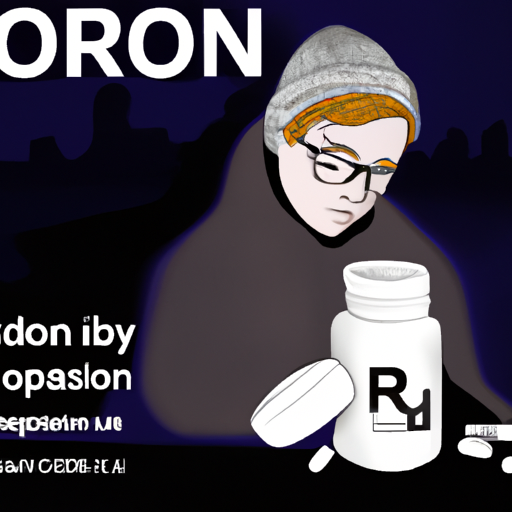Addressing the Opioid Crisis in Canada: The Role of Safer Opioid Supply Programs
In a society grappling with the impact of the opioid crisis, it is crucial to explore and examine measures taken in an effort to combat this ongoing issue. According to a recent article from CTV London, safer opioid supply programs are showing promising levels of stability in combating the opioid crisis, albeit not without inspiring some concerns.
The Opioid Crisis in Canada: A Brief Overview
Before delving deeper into the discussion, it is important to acknowledge the gravity of the opioid crisis that is currently plaguing Canada. In 2020, there were more opioid-related deaths in the country than ever before, a surge further exacerbated by the COVID-19 pandemic. As a result, responses to this crisis are now considered categorically urgent.
Efforts to Combat the Crisis: Safer Opioid Supply Programs
One approach that has gained attention recently is the implementation of safer opioid supply programs. These programs provide a regulated and safe supply of pharmaceutical-grade opioids to individuals who have not responded to traditional treatments for opioid use disorder.
According to the CTV London article, these programs have shown some success, with users reporting:
- Decreased use of illicit drugs
- Increased stability in their lives
- Less involvement in the criminal justice system
Patients enrolled in these programs receive their medication from a clinic, removing the need for illegal purchases that increase crime rates and decrease public safety.
Controversies and Criticisms
Despite the reported success, the implementation of safer opioid supply programs has not been without controversy. Critics say these programs simply supply drugs to those addicted, essentially “giving up” on other forms of more abstinence-focused therapy. However, experts note that many program participants have tried those other forms of therapy without success, further underscoring the importance of innovative approaches in treating the opioid crisis.
In addition, a number of critics are concerned about taxpayer dollars being used to fund these programs. However, proponents point to decreased crime rates, reduced strain on law enforcement, and savings in healthcare costs as beneficial outcomes.
The Issue of Accessibility
While these programs have shown promise, accessibility remains a significant issue. In many communities, particularly rural ones, these programs are simply not feasible, leaving a significant population without access to this potential treatment avenue.
For the opioid crisis to be effectively tackled, accessibility to these programs and other forms of treatment needs to be widespread. Accessibility issues extend to naloxone, a life-saving drug used to counteract opioid overdoses, with many communities lacking access.
In Conclusion: The Way Forward
The opioid crisis in Canada remains a pressing issue, and the responses to it are key determinants of our future. Safer opioid supply programs represent one innovative approach that is showing promise. However, these programs are not without their critics and obstacles to accessibility.
Key takeaways:
- Safer opioid supply programs provide a regulated supply of pharmaceutical-grade opioids to individuals suffering from opioid use disorder.
- These programs have shown some success, with users reporting increased stability in their lives among other benefits.
- Despite the success, these programs have faced criticism, primarily for being interpreted as “giving up” on more traditional, abstinence-focused therapies.
- Accessibility to these programs, as well as life-saving drugs like naloxone, remains a prominent issue that needs to be addressed.
Addressing the opioid crisis will require listening to what those directly impacted have to say, exploring innovative treatment opportunities, and establishing a wider net of accessibility. Only then, can the true impact of these initiatives be felt.
